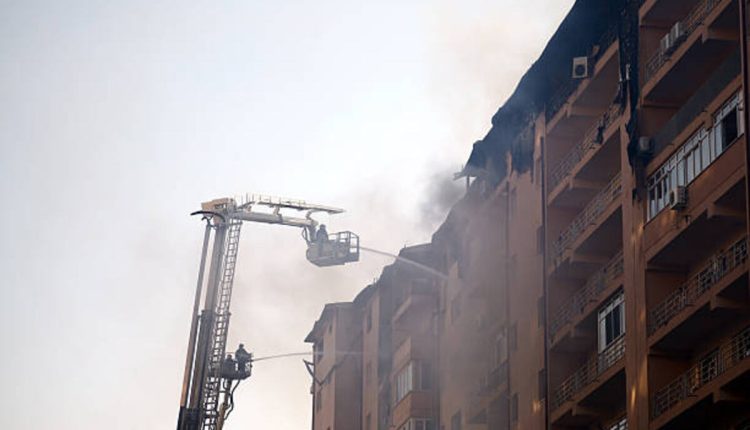Three People Died When a Boarding House Blows Up
Three people were tragically killed in a fire at a boarding house in Sydney’s inner west this week, serving as a stark reminder that conditions in many shared living arrangements remain subpar despite being poorly policed by authorities.
Boarding houses must maintain a mandatory register with laws detailing residents’ rights and responsibilities; however, these are often ignored or disregarded.
Who was there?
Boarding houses were famous during the era of automobile travel when people traveled to cities far and wide for jobs or family purposes. Unfortunately, these lodgings could often be dirty and cramped; people would often have to share rooms and bathrooms with strangers; some were run by women who provided food and lodging services for their guests.
There was an explosion at this address, which later proved to be a boarding house. One person reported suffering second-degree burns and was transported for medical care at an area hospital. The Fire Department is investigating what caused this explosion and has found remnants of precursor meth materials within a bedroom of this address.
A house is a three-dimensional structure made up of measurements for length, width, and height. While dimensions may differ between homes, each place offers unique qualities that set itself apart.
How did it happen?
Boarding houses once provided a thriving business, but over time, their popularity began to diminish due to various factors. One significant one was rising real estate prices and housing shortages, which forced working-class people into alternative forms of homes like boarding houses or single-room hotels as a temporary refuge.
Urban reform began in the 1880s with the aim of making cities more uniform and encouraging family life, which included criticizing and marginalizing boarding houses. Cities also passed laws banning them in areas designated to house single-family dwellings – meaning no boarding houses could operate there.
Changes in American society also played a part in the boarding house decline; for example, flappers in the Roaring Twenties prized independence over living with strangers in overcrowded houses; decades later, due to the Women’s Rights Movement, acceptance for single women living alone or sharing apartments, and coupled with increasing affluence led to fewer people choosing boarding houses as places to stay.
Boarding houses were once an affordable housing solution in urban areas. But over time, they quickly lost favor as more people moved to larger houses or suburban neighborhoods; as their running costs exceeded that of average homes, they became abandoned as their population decreased and crime and vandalism increased – in some cases even by terrorists!
What happened next?
Boarding houses provide lodging to people who cannot afford to live independently but still require food, bath, and living accommodations from others. Although similar to hotels, boarding houses provide more of a home-like environment.
Almanzo and Edwards devised plans to blow up each building in Walnut Grove after the boarding house collapsed, wired each structure, armed detonators, and set off detonators at each location – starting with Nellie’s restaurant, then Hanson’s mill, feed store, seed store, and Oleoson Mercantile before finally the post office and Oleoson Mercantile.


